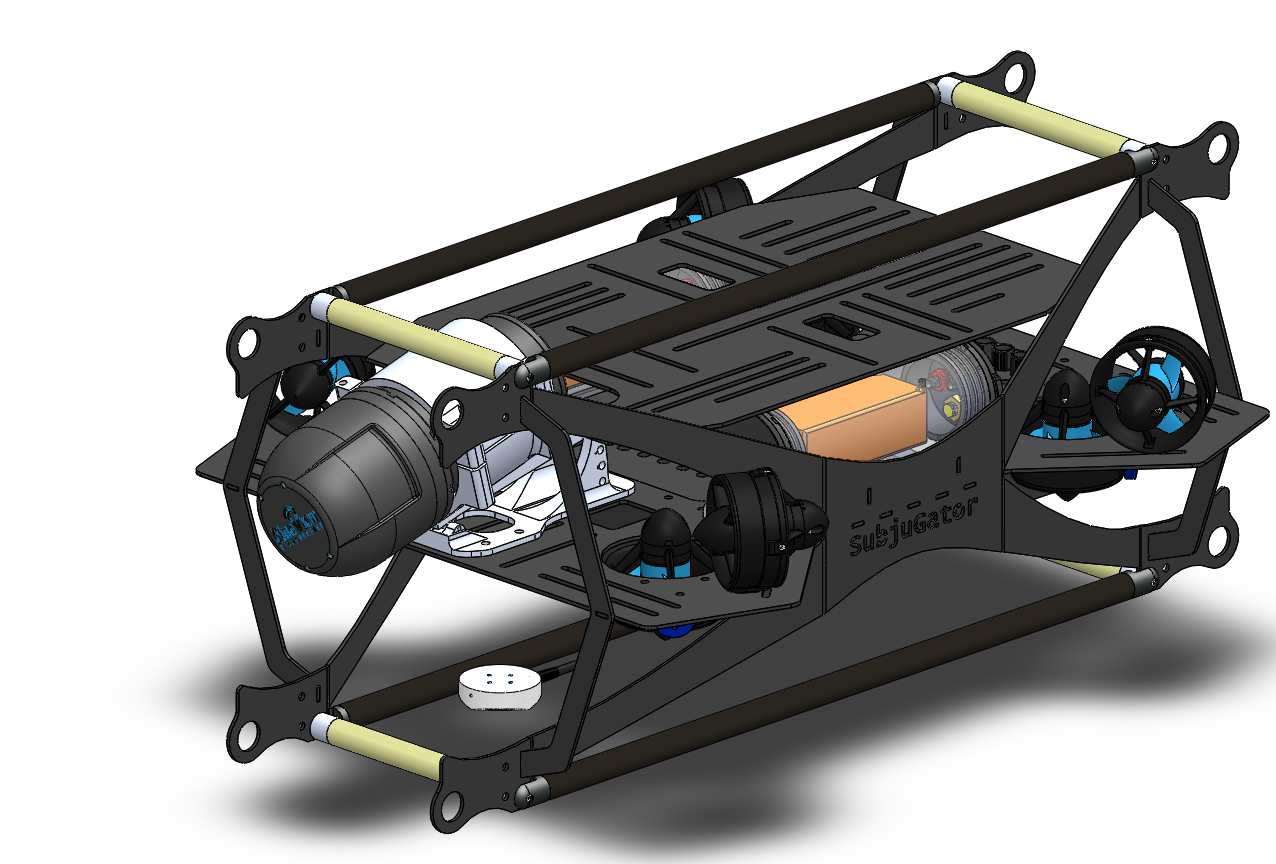9.0

Compatibility Driven Design.
Design Language.
The design of Subjugator 9 shares a lot of features with Subjugator 8. The main motivators for the development of Subjugator 9 are: Volumetric constraintsweight constraintsstrategic interest for development of integrated architecture for simultaneous use of autonomous underwater vessels.
Subjugator 9’s deviation from the space-frame design of Subjugator 8, allow for a 43% reduction in overall volume. In a similar fashion, the integrated sheet metal frame provides a sturdy, durable, and light weight solution for the new submarine platform. Subjugator 9’s usage of carbon-fiber-rod attachments allow for ease of interchangeability of modular enclosures between systems. 2020 Functionality.
Subjugator 9 has a octo-thruster configuration. Thrust vector optimization analysis yielded unique thruster orientations optimizing forward speed.The anodized Aluminum sheet metal frame provides increased protection, rigidity, and corrosion prevention to the exoskeletal frame.A standardized and versatile system-wide mounting geometry was developed. This simplifies the design and reduces errors in the design of modular attachmentsThe pressurized computer vessel was designed with heat dissipation and water protection as the central motivation. A double bore O-ring seal design was implemented. This sealing configuration has proved very successful in Subjugator 7 and Subjugator 8 platforms.An acoustic modem for intra-underwater communication between autonomous submarines has been integrated into Subjugator 9’s platform.
Overview: Preliminary Mechanical Design of Subjugator 9



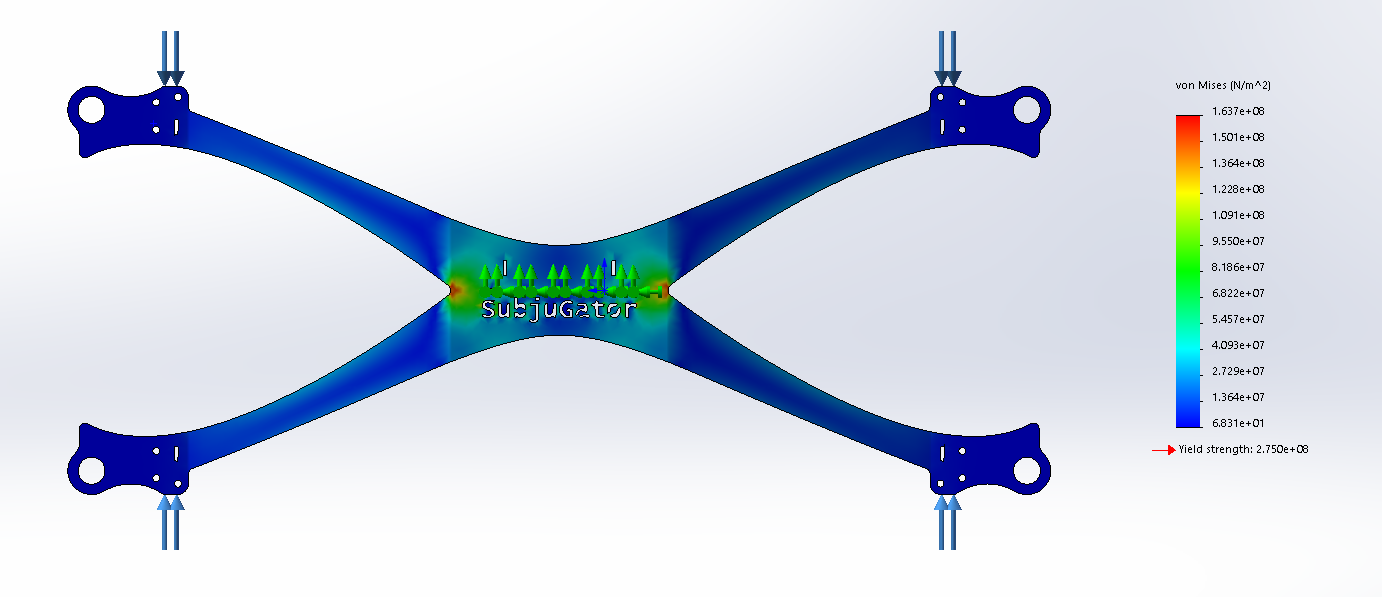
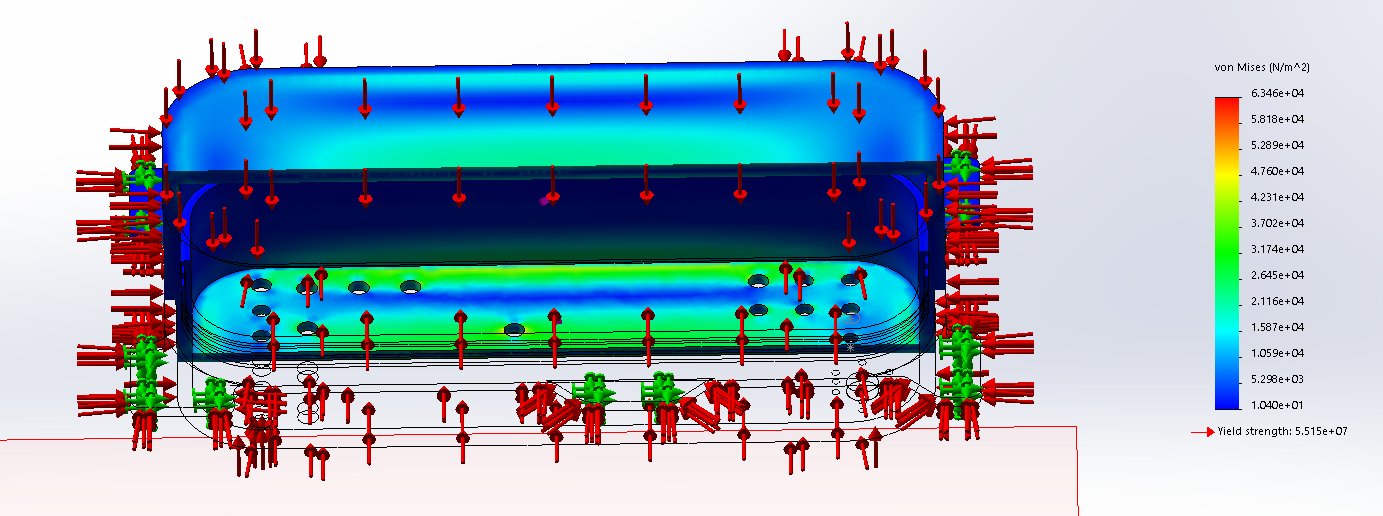
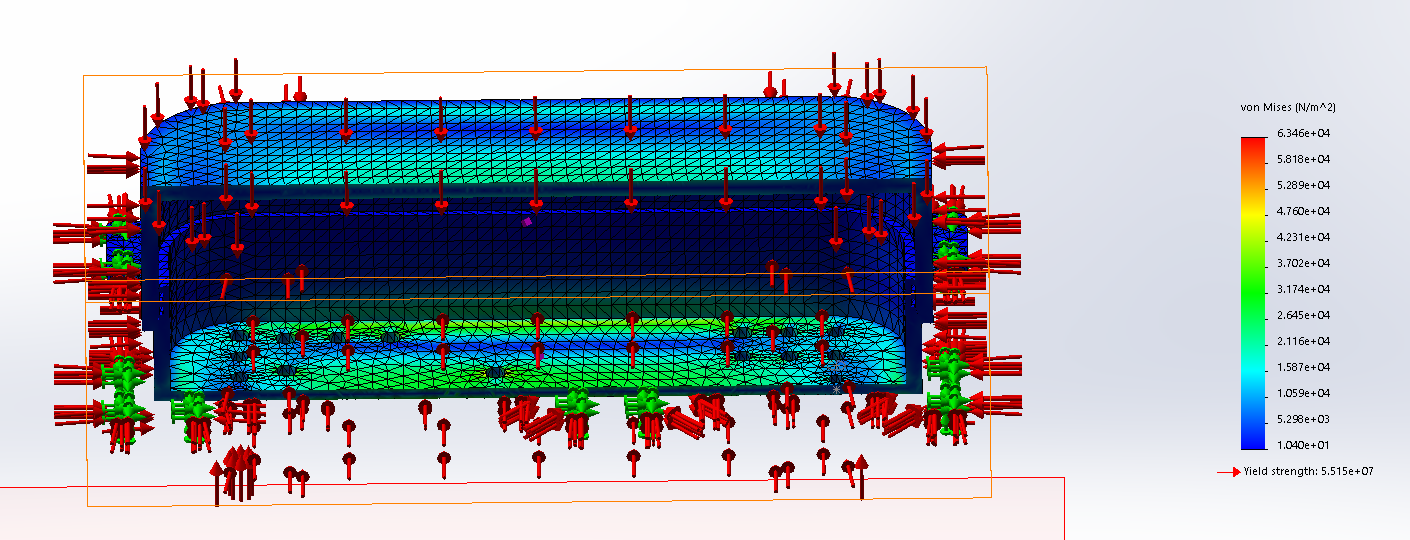
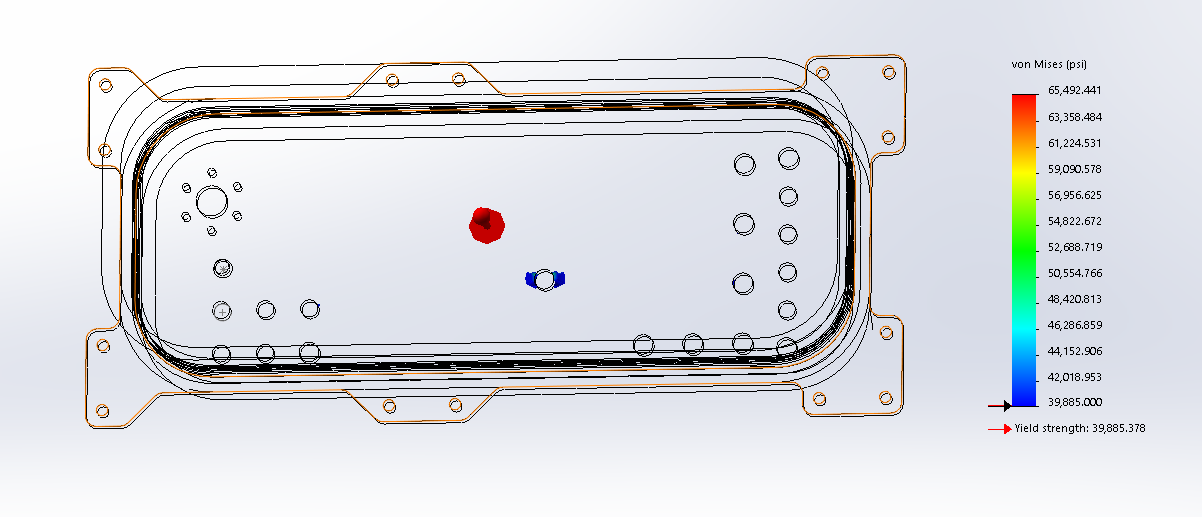

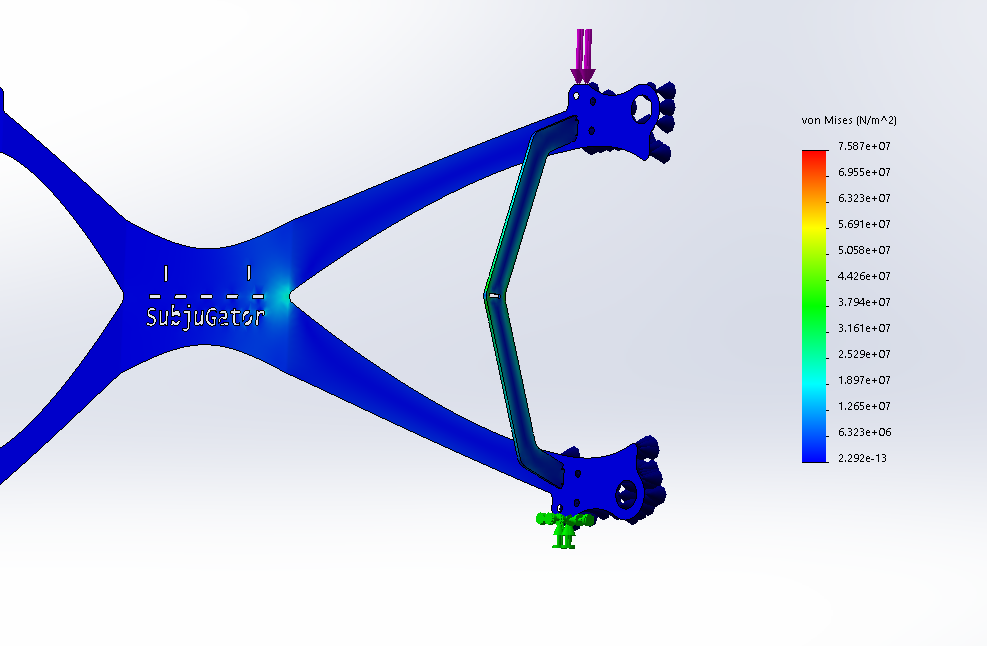
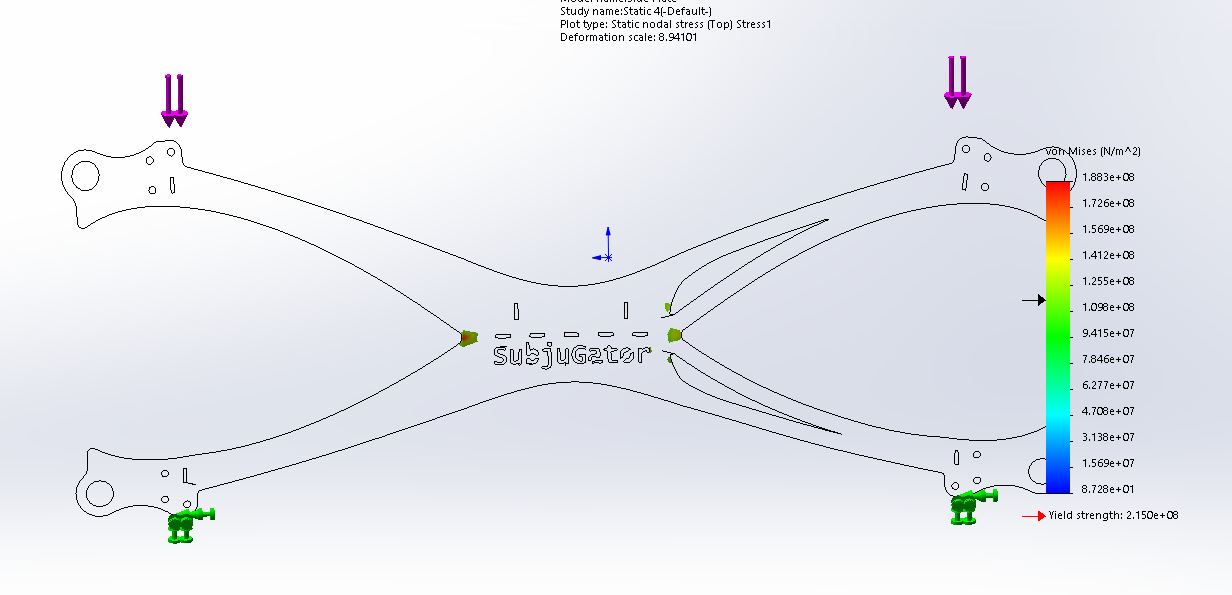
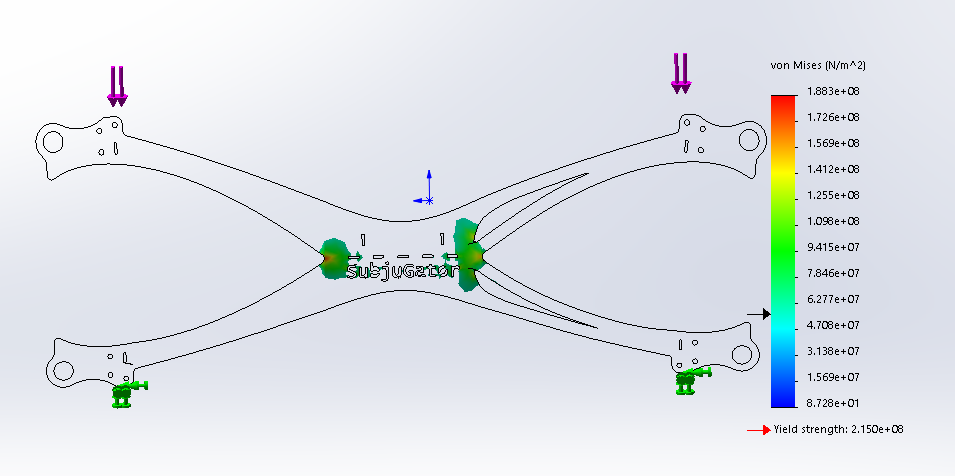
Image Gallery.

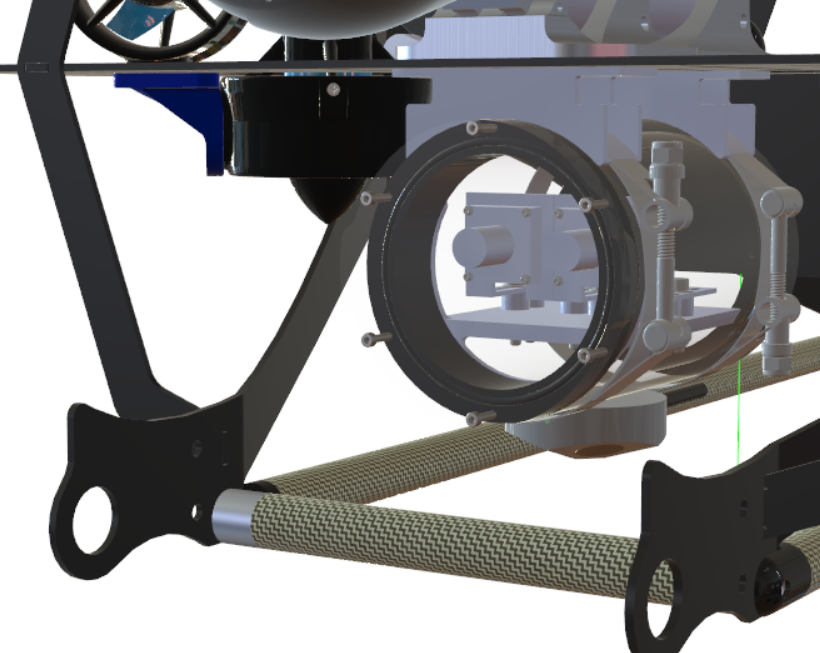









































A Legacy of Success.
For 23 years, the University of Florida Subjugator team has pushed the boundaries of autonomy in submarines and continues to be a leader in the research space.

